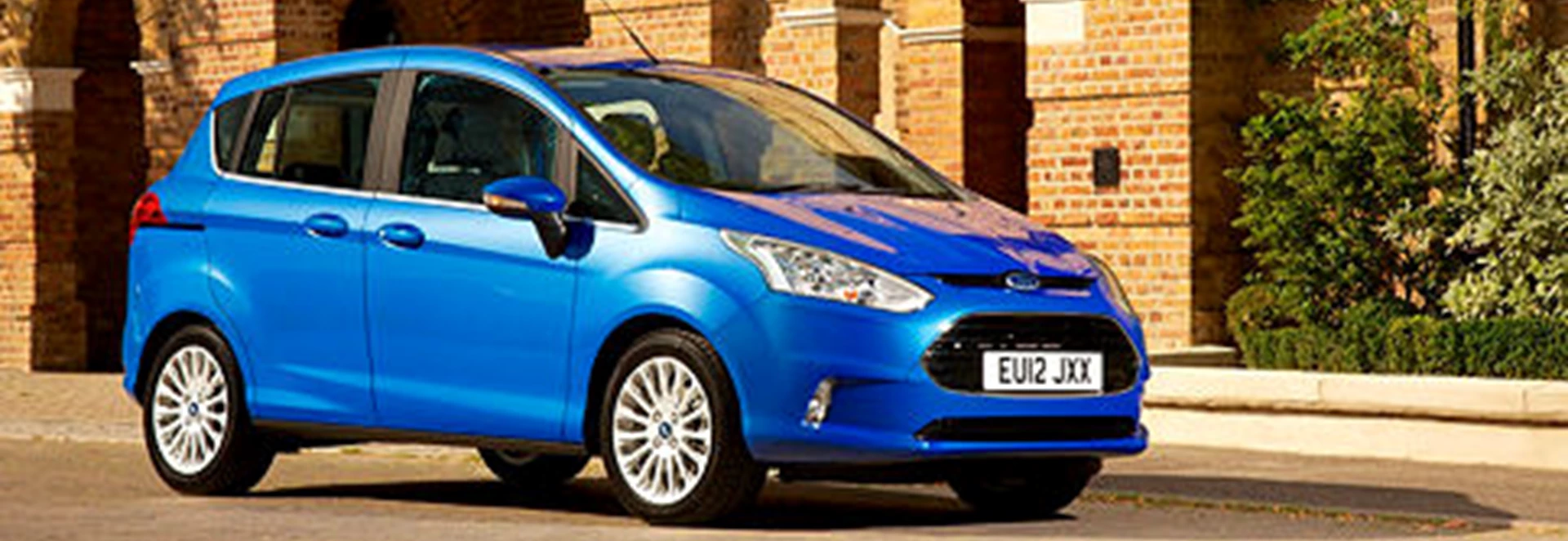In the unlikely event that this is the first thing you've read about the Ford B-MAX, I should start off by saying that it's a moderately-sized MPV based on the Fiesta with the not unheard-of but still unusual feature of sliding rear doors.Why sliding doors? Well, they're useful if you've parked in a narrow space, since they don't increase the width of the vehicle significantly when you open them, though since the conventional front doors do exactly that this isn't a particularly big deal.More importantly, they make access to the rear seats much easier, which is important in many situations including, for example, making sure that a baby or small child is well-secured.There is no central pillar, and that might give rise to concerns about how safe the B-MAX might be in a side impact. I haven't tested this for myself yet, and if it's all the same to you I'd rather not do it at all. And I don't really need to, because Euro NCAP has already given the B-MAX a full five-star safety rating, noting that in the side impact test it scored maximum points.More information can be found in Tom Stewart's launch report of the range as a whole and my review of the 1.6 TDCi Titanium. The car tested here is a Titanium too, and therefore the best-equipped of all current B-MAXes, but it has the 119bhp version of the one-litre three-cylinder petrol turbo EcoBoost engine also available in more modest 99bhp form.A regular commenter on this site doesn't like three-cylinder engines at all, and will probably be along shortly to criticise this one. It does, however, work well in the B-MAX, providing adequate power for most situations and in particular responding well from very low revs, which keeps gearchanging in the five-speed manual box to a reasonable minimum.The official fuel economy and CO2 figures of the 119bhp B-MAX - 57.7mpg and 114mpg - are better than those of the 99bhp car, basically because this one has start/stop and that one doesn't. At this point I should compare my own average with the EU test figures, but all that's going to amount to is a description of the weather during this test. Still, here goes.Both my own measurements and the trip computer readout told me that I managed just 38.5mpg from my first tankful. Lousy, right? Well, yes, but I spent nearly all my time on motorways in heavy rain and battling against sidewinds of such force that at one point I was driving along the M6 on opposite lock. (Brief digression to point out that, for a short and high-sided vehicle, the B-MAX actually coped pretty well in that meteorological onslaught, remaining as stable as could be expected.)The next tankful was also used up on motorways, still with a lot of windage going on but not so much in the way of rain, and fuel consumption jumped to 43.2mpg as a result. That's still a long way from 57.7mpg, but the conditions simply weren't going to allow me to get anywhere near that. All the same, I'd be surprised if I could approach it even in more favourable conditions, and reckon that 50mpg is a more realistic target. Engine 999cc, 3 cylinders Power 119bhp Transmission 5-speed manual Fuel/CO2 57.7mpg / 114g/km Acceleration 0-62mph: 11.2 seconds Top speed 117mph Price £18,195 Details correct at publication date

Our Rating



